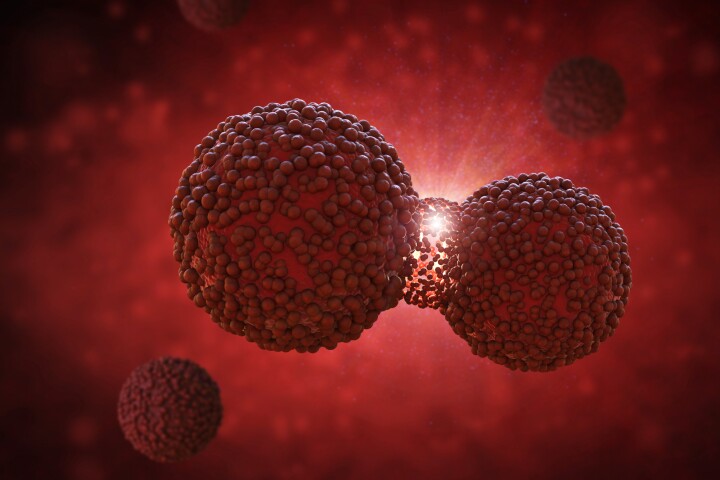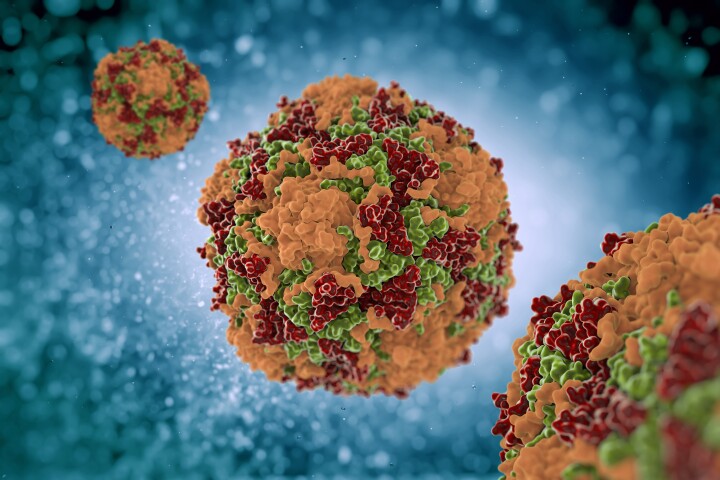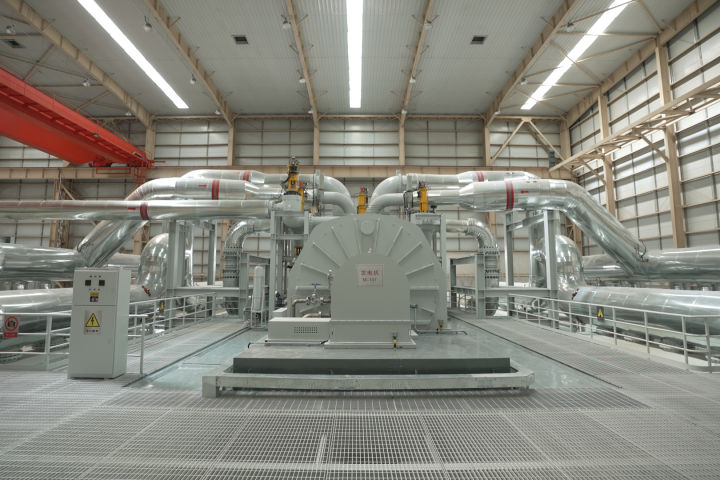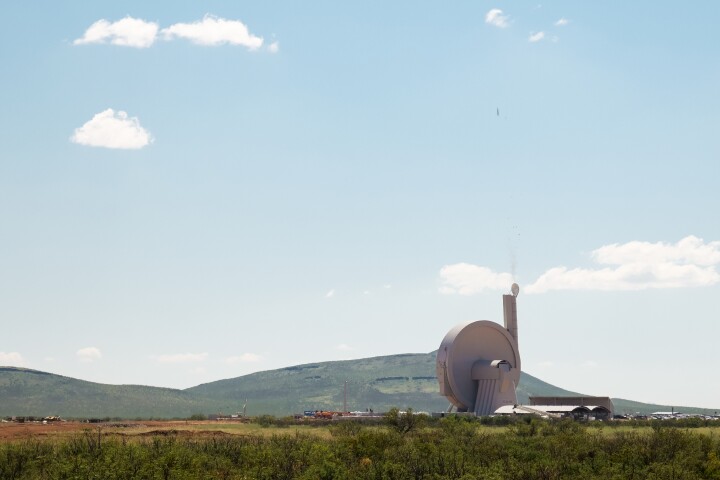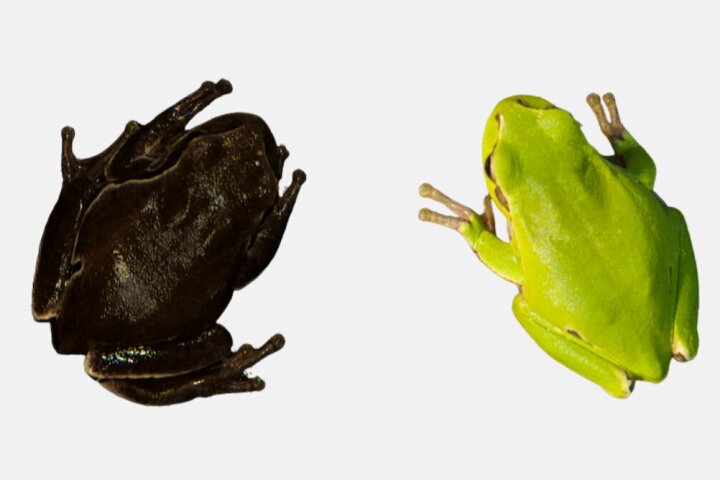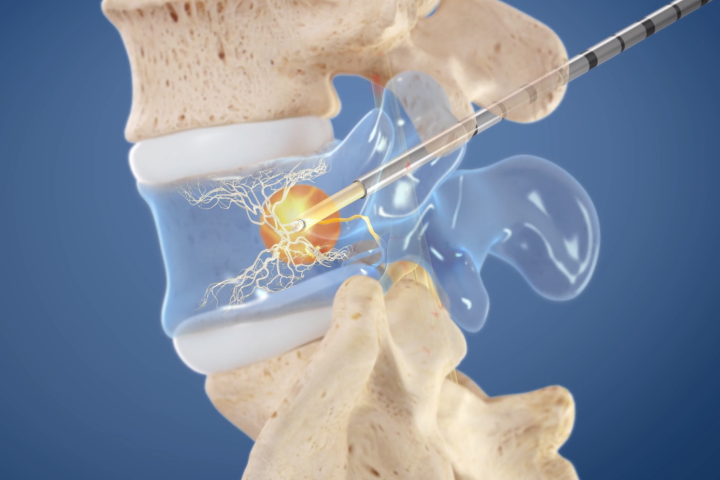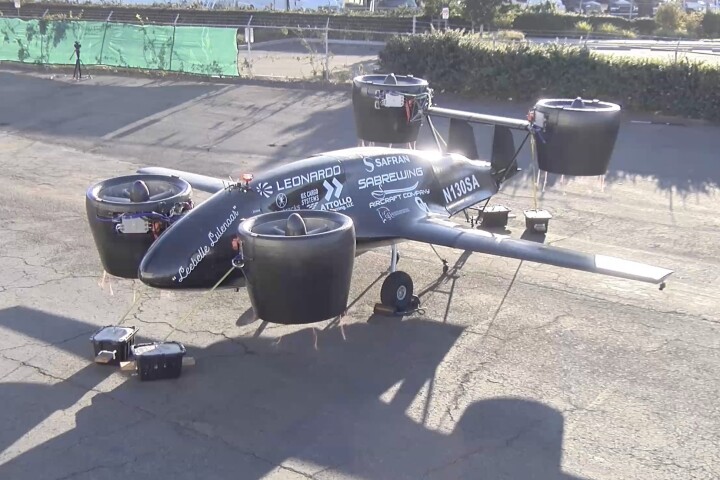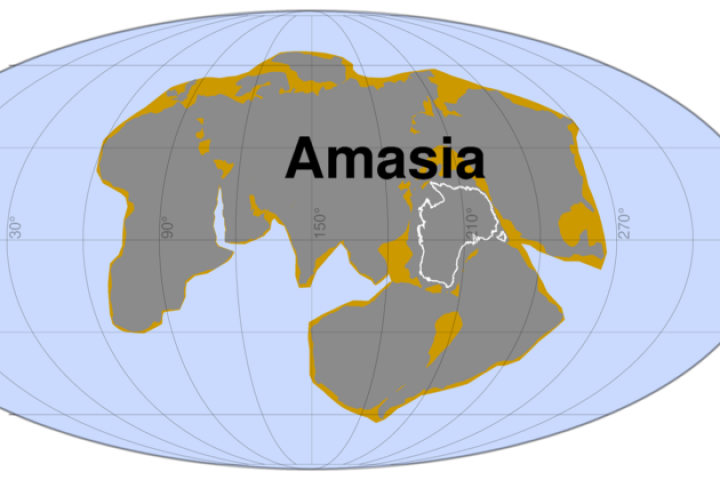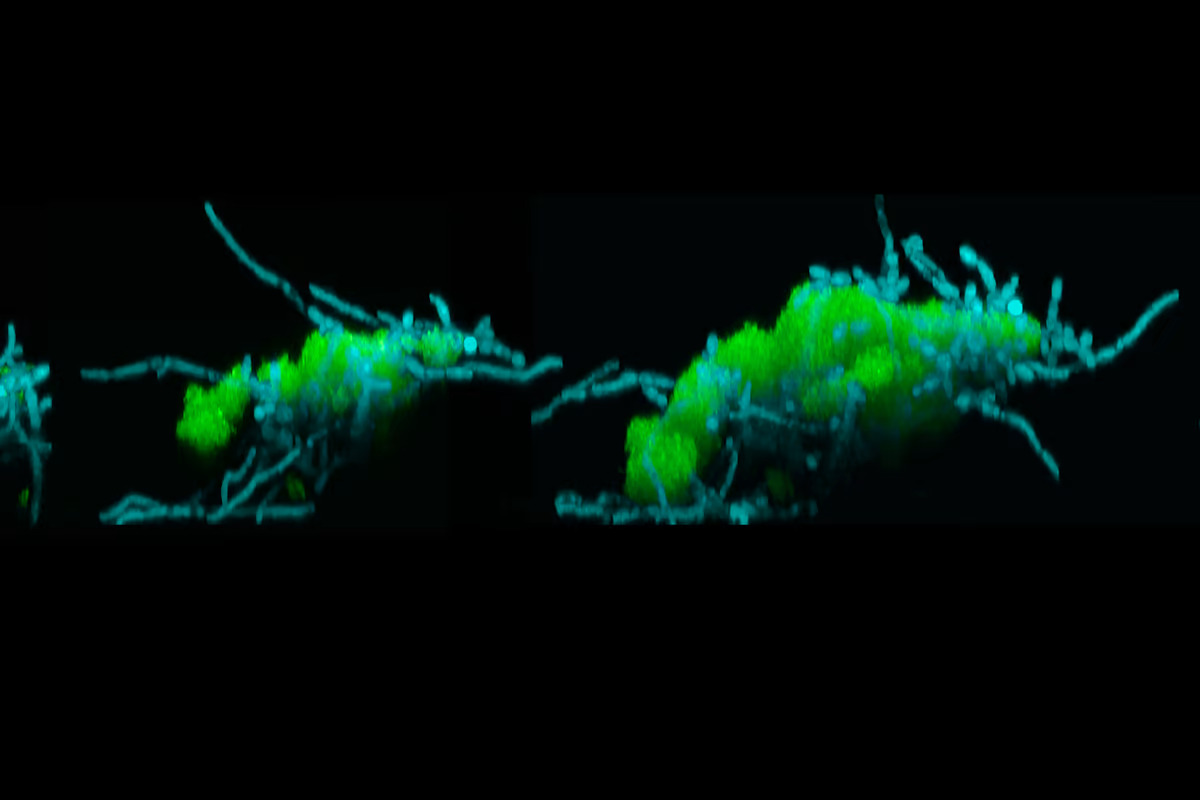 Microscope images of the newly discovered moving “superorganisms,” made up of bacteria (green) attached to filaments of fungus (blue). Penn Dental Medicine
Microscope images of the newly discovered moving “superorganisms,” made up of bacteria (green) attached to filaments of fungus (blue). Penn Dental Medicine
The team, led by scientists at the University of Pennsylvania School of Dental Medicine, made the unexpected discovery while studying saliva samples from children with severe tooth decay. They’d noticed that two species were involved in cavity formation – the bacteria Streptococcus mutans and the fungus Candida albicans – and later found that they actually formed clusters together.
These clusters, or assemblages, are made up of communities of bacteria attached to networks of fungal filaments, all glued together with a material known as an extracellular polymer. This made the microbes more resilient than either species on their own, sticking to teeth better and increasing their resistance to antimicrobials.
Curious, the team grew them in a lab on a tooth-like material, incubated in human saliva, and watched them with a microscope that recorded them in real time. And that’s when the truly bizarre behavior emerged. Even though neither species can move on its own, these assemblages were able to use their fungal projections to crawl across the tooth surface at speeds of over 40 microns per hour. Weirder still, they could leap more than 100 microns in a single bound, which, relative to body size, is about four times farther than frogs.
“They have a lot of what we call ‘emergent functions’ that bring new benefits to this assemblage that they could not achieve on their own,” said Hyun Koo, co-corresponding author of the study. “It’s almost like a new organism – a superorganism – with new functions.”
The team says that this newfound mobility helps the microbes colonize teeth more efficiently, and in lab tests on real human teeth, they found more widespread tooth decay followed the growth of these clusters.
Finding ways to block the formation of these assemblages could be an important strategy to prevent childhood tooth decay, the team says.
The research was published in the journal PNAS.
Source: University of Pennsylvania–
–











